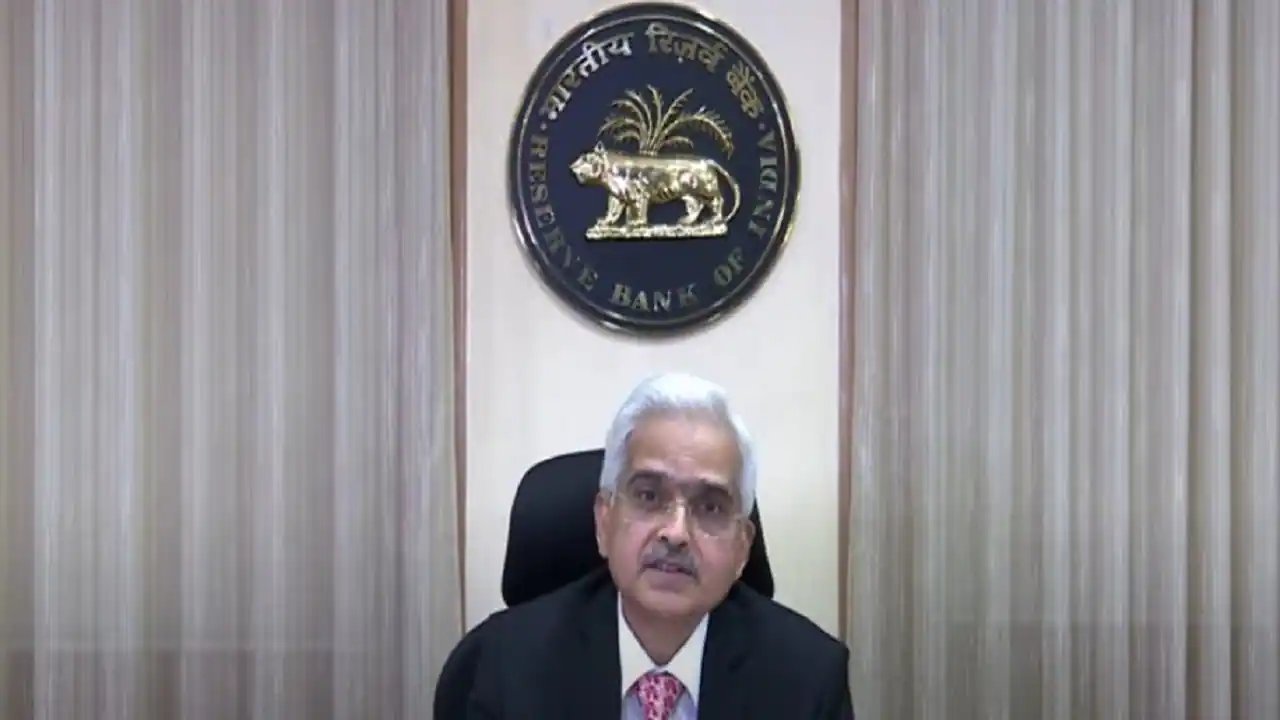—–RBI balance sheet grew by 8.46% in FY22: Annual report
—-The year ended with an overall surplus of Rs 30,307.45 crore as against Rs 99,122 crore in the previous year, the RBI annual report showed
—-Income for the year FY22 rose to Rs 1,60,112.13 crore from Rs 1,33 272.75 crore in FY21.
—-Private banks contribute more to the number of bank frauds while public sector banks contribute more to the value. In 2021-22, frauds to the tune of Rs 60,414 crore were reported, down 56.28% from Rs 1.38 trillion in 2020-21.
—-In its annual report, RBI said it will follow a nuanced approach in the wake of inflation risks emanating from high commodity prices while ensuring adequate liquidity in the banking system
—-The report highlighted that the immediate impact of geopolitical aftershocks is on inflation, with close to three-fourths of the consumer price index at risk
Mumbai, NFAPost: The Reserve Bank of India will follow a nuanced approach in the wake of inflation risks emanating from high commodity prices while ensuring adequate liquidity in the banking system to support the need of the productive sectors of the economy, the central bank’s annual report for 2021-22, which was released on Friday, said.
“…the year gone by brought many challenges, but a recovery is underway in spite of headwinds. The future path of growth will be conditioned by addressing supply-side bottlenecks, calibrating monetary policy to bring inflation within the target while supporting growth and targeted fiscal policy support to aggregate demand, especially by boosting capital spending,” the report said.
The report highlighted that the immediate impact of geopolitical aftershocks is on inflation, with close to three-fourths of the consumer price index at risk.
“The elevation in international prices of crude, metals, and fertilisers has translated into a terms of trade shock that has widened trade and current account deficits,” it said.
Following the worsening of the geopolitical situation after Russian invasion of Ukraine, the central bank decided to change its focus to control inflation. Over the last two years, since the onset of the Covid-19 pandemic, RBI’s main objective was to support growth. Earlier this month, the six-member monetary policy committee of the central bank increased the repo rate – for the first time in 4 years – by 40 bps to 4.4%.
“Overall, headline inflation averaged 5.5% in 2021-22 as against 6.2% a year ago. Headline inflation breached the upper tolerance band in Q4:2021-22 and rendered the conduct of monetary policy challenging,” RBI said in the annual report.
During the year, an amount of Rs 2.2 trillion was withdrawn from the system through restoration of cash reserve ratio (CRR) to pre-pandemic levels, repayment of targeted long term repo operations (TLTRO) and open market operations (OMO) sales, it said.
“The Reserve Bank will continue to follow a nuanced and nimble-footed approach to liquidity management while maintaining adequate liquidity in the system to meet the credit needs of the productive sectors of the economy,” the report said.
The report observed that early indicators point to revival of economic activity across other sectors that need to be assiduously nurtured to boost consumer and business confidence and private investment.
“Capacity utilisation in several industries is moving closer to normal levels, although rising input costs and persisting supply bottlenecks, for instance in semiconductors for the automobile sector, may impede or delay a fuller recovery,” it said.
Commenting on the banking sector, the report observed that the sector was cushioned against the disruptions caused by the pandemic by adequate liquidity support and various regulatory dispensations provided by the Reserve Bank.
Banks bolstered their capital to augment risk absorbing capacity, aided by recapitalisation by the government in the case of public sector banks (PSBs) along with capital raising from the market and retention of profits by both PSBs and private sector banks.
“The gross non-performing assets (GNPA) ratio of all scheduled commercial banks (SCBs) moderated to its lowest level in six years, aided by due efforts towards recoveries and technical write-offs. Bank credit growth has begun to pick up to track nominal GDP growth and banks are regaining bottom lines,” it said.
The size of the RBI’s balance sheet increased by 8.46% during the 12 months ended March 31, 2022, reflecting its liquidity and foreign exchange operations during the year.
While income for the year increased by 20.14%, the expenditure increased by a whopping 280.13%, as per the RBI’s annual report for 2021-22.
FY22 was the first full year of the April-March accounting cycle after transition. It shifted to a new accounting year in FY21 which was for nine months ended March 2021. The year ended with an overall surplus of Rs 30,307.45 crore as against Rs 99,122 crore in the previous year (FY21).
Earlier this month, the Central Board of Directors of the RBI had approved transfer of Rs 30,207.45 crore surplus to the Central government.
“The size of the balance sheet increased by Rs 4.82 trillion, (8.46%) from Rs 57.07 trillion as on March 31, 2021, to Rs 61.90 trillion as on March 31, 2022.
The rise in the asset side was due to an increase in foreign and domestic investments, gold and advances, the report said. The liabilities rose due to the increase in deposits, notes issued and other liabilities.
Domestic assets constituted 28.22 per cent while the foreign currency assets and gold (including gold deposit and gold held in India) constituted 71.78 per cent of total assets as of March 31, 2022.
Income for the year FY22 rose to Rs 1.6 trillion from Rs 1.33 trillion in FY21. However, the expenditure shot up to Rs 1.29 trillion due to provision of Rs 1.14 trillion towards Contingency Fund (CF) and Rs 100 crore to Asset Development Fund, leading to dip in surplus.
FY22 saw more bank frauds but value decreased by half
Frauds reported by banks and other financial institutions in value terms more than halved in 2021-22, despite the number of instances of fraud increasing, the Reserve Bank of India’s (RBI) annual report released on Friday showed.
In 2021-22, frauds to the tune of Rs 60,414 crore were reported, down 56.28 per cent from Rs 1.38 trillion in 2020-21. In terms of number of frauds, these entities reported 23.69 per cent higher frauds at 9,103 in 2021-22 as against 7,359 frauds in 2020-21. The RBI data considers frauds of Rs 1 lakh and above only.
“An assessment of bank group-wise fraud cases over the last three years indicates that while private sector banks reported maximum number of frauds, public sector banks contributed maximum to the fraud amount”, the RBI annual report showed.
“While the number of frauds reported by private sector banks were mainly on account of small value card/internet frauds, the fraud amount reported by public sector banks was mainly in loan portfolio,” the report added.
Also, frauds have occurred in the loan portfolio, both in terms of number and value. In the number of frauds, advances constituted 42.2% and in value terms it was almost 97 per cent at Rs 58,328 crore. Cards/internet constituted 39.5% of the number of frauds but in value terms it was just 0.2%.
An analysis of the vintage of frauds reported during 2020-21 and 2021-22 shows a significant time-lag between the date of occurrence of a fraud and its detection. Around 93.73% of the frauds in 2021-22 by value occurred in previous fiscal years as against 91.71% recorded in 2020-21, the RBI said.





